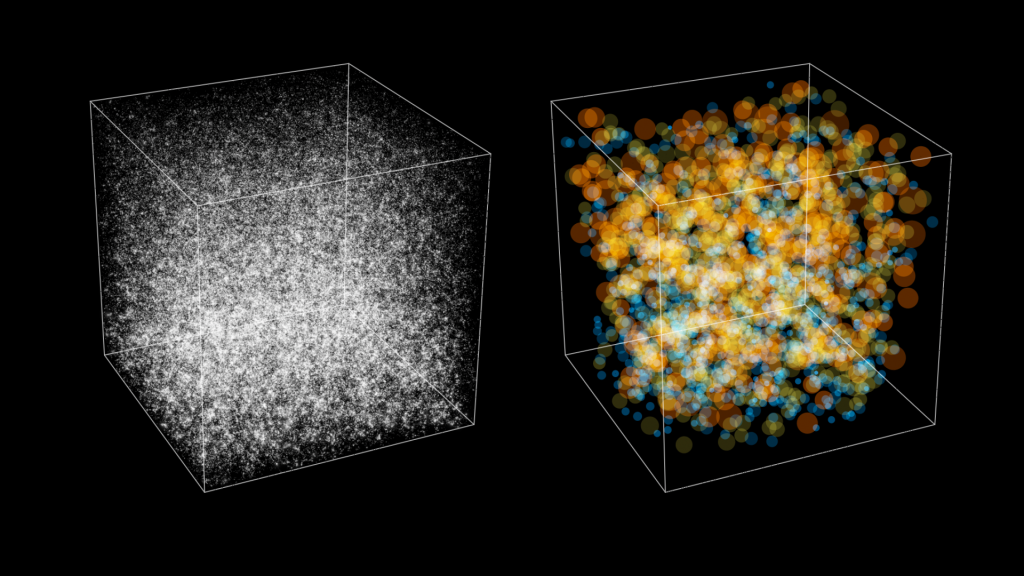How Does a Radioisotope Thermoelectric Generator Work? The Seebeck Effect
| Credit | NASA |
|---|---|
| Language |
|
Some of the most daring and exciting NASA missions exploring our solar system have become a reality thanks to a discovery made 200 years ago.
In 1821, a German scientist discovered an unexpected property of physics, metals and some compounds are good conductors of electricity as well as heat.
The scientist, Thomas Seebeck, found that when he combined two of these materials and then applied heat to one end while exposing the other end to cold, a small electrical voltage was created across the materials.
It turns out that electrons in the materials flow from the heat source, or the hot side, to the colder side.
We now call this process of producing electricity the Seebeck Effect.
Today we use the term thermocouple to describe the hundreds of small pairs of junctions made from different conducting materials that take advantage of this property.
We now know that the greater the difference in temperature between the hot side and cold side, the greater amount of power that can be generated.
Inside a radioisotope thermoelectric generator, or RTG, these thermocouples are strung together in a long series so they can generate a steady current of electricity that can provide robotic spacecraft with the power they need to operate.
Some of the specific materials used in RTGs are selected because they can conduct electricity as well as maintain a hot and a cold side. Seebeck used copper and bismuth in his experiments. Today, we use lead telluride and silicon germanium. These materials are part of a family of compounds known as semiconductors.
In the RTGs built by the U.S. Department of Energy and used by NASA, the hot side is provided by the heat energy emitted from the natural radioactive decay of plutonium oxide. The hot side of the thermocouples can be more than 1,000 degrees Fahrenheit, or 500 degrees Celsius. The cold side faces out into space or into the atmosphereof a planet or moon, where the temperature can be well below zero.
In addition, since no moving parts are involved, the thermoelectric effect is extremely reliable.
Over the years, the thousands of thermocouples in NASA's nuclear batteries have performed without any noticeable failures in all of the two dozen missions in which they've been used.
For example, NASA's two Voyager space probes, powered by RTGs, have been carrying on steadily since their launch back in 1977!
By using new, more Seebeck-friendly materials, the RTGs in development by NASA's RPS Program and its partners in industry could be twice as efficient than those in use today.
The invisible process of energy transformation from heat to electricity, discovered by Seebeck two centuries ago, continues to enable many of the most amazing NASA missions and discoveries, providing robotic spacecraft with the dependable power they need to explore some of the harshest, darkest, and dustiest places in the solar system.

























